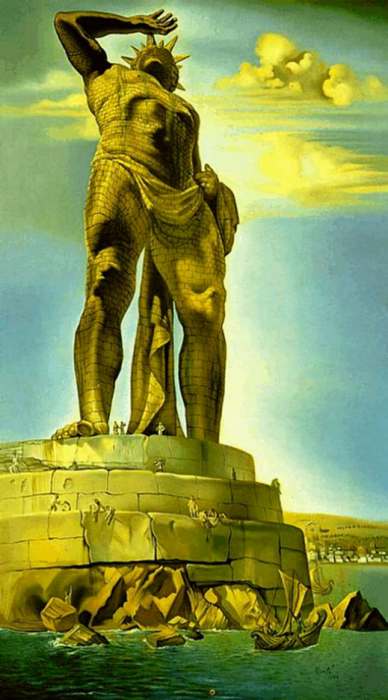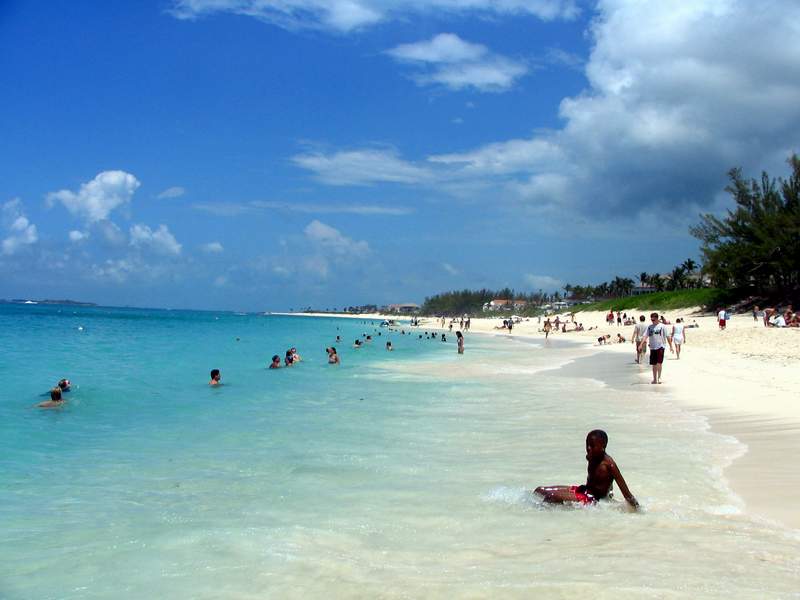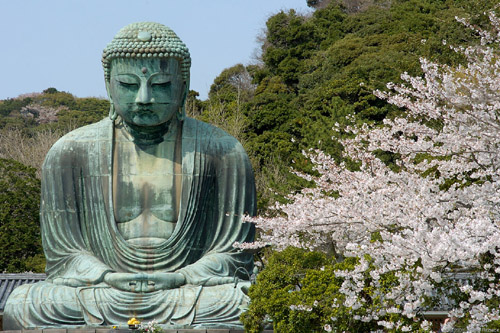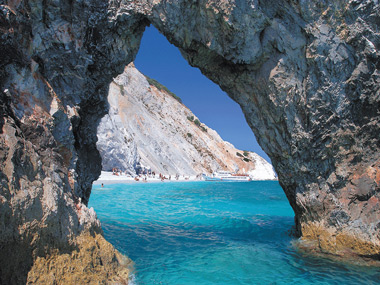 Mallorca became one of Europe’s most popular summer destinations for a reason. There’s no denying the island boasts stunning beaches. Unless you have a boat, though, it’s impossible to escape the crowds; don’t believe anybody who tells you any different. Even beaches proclaimed by locals as Mallorca’s most off-the-beaten-track were crowded when we recently went to investigate. Don’t even think about Magaluf, Palma Nova or Cala Millor, these are the spots to lay your towel – or rent a sun-bed!
Mallorca became one of Europe’s most popular summer destinations for a reason. There’s no denying the island boasts stunning beaches. Unless you have a boat, though, it’s impossible to escape the crowds; don’t believe anybody who tells you any different. Even beaches proclaimed by locals as Mallorca’s most off-the-beaten-track were crowded when we recently went to investigate. Don’t even think about Magaluf, Palma Nova or Cala Millor, these are the spots to lay your towel – or rent a sun-bed!* ES TRENC – for many sun-worshippers, this is Mallorca’s most sublime stretch of sand. Popular with naturists, this long, skinny beach is certainly a beauty, with pristine, aquamarine water and snowy sand. Reached by dirt roads and tracks through small sand dunes, it may not be the easiest beach to get to, but it still gets crowded.
* TRAMUNTANA MOUNTAINS – while you’ll need a boat to get to the best swimming spots on the spectacular coast skirting the majestic Tramuntana mountain range, there are some alluring beaches that can be reached by skinny tortuous roads, including Cala de Sa Calobra and the slightly more accessible, Cala de Deià. While it's not an easy drive to reach them (especially Sa Calobra), and it’s mindboggling how buses get here, they get very busy and it’s a long hot walk from the car park in summer.
* PORTO COLOM – several tiny crescent-shaped sandy beaches on an attractive bay; they’re miniscule but picturesque, backed by pine trees, with casual beach cafés overlooking the water. A marina and fishing town with cute fishing sheds beneath colourful houses, and good restaurants and bars, Porto Colom is one of the most alluring and laidback of Mallorca’s holiday towns. It's incredibly popular with Germans and Scandinavians who rent houses or dock their yachts at the marina for a while; most signs and menus are in German.
See part 2 for more beaches... pictured? Let me know if you can guess. This one was hugely popular but difficult to locate, and it's in my least favorite part of Mallorca I have to say.









































